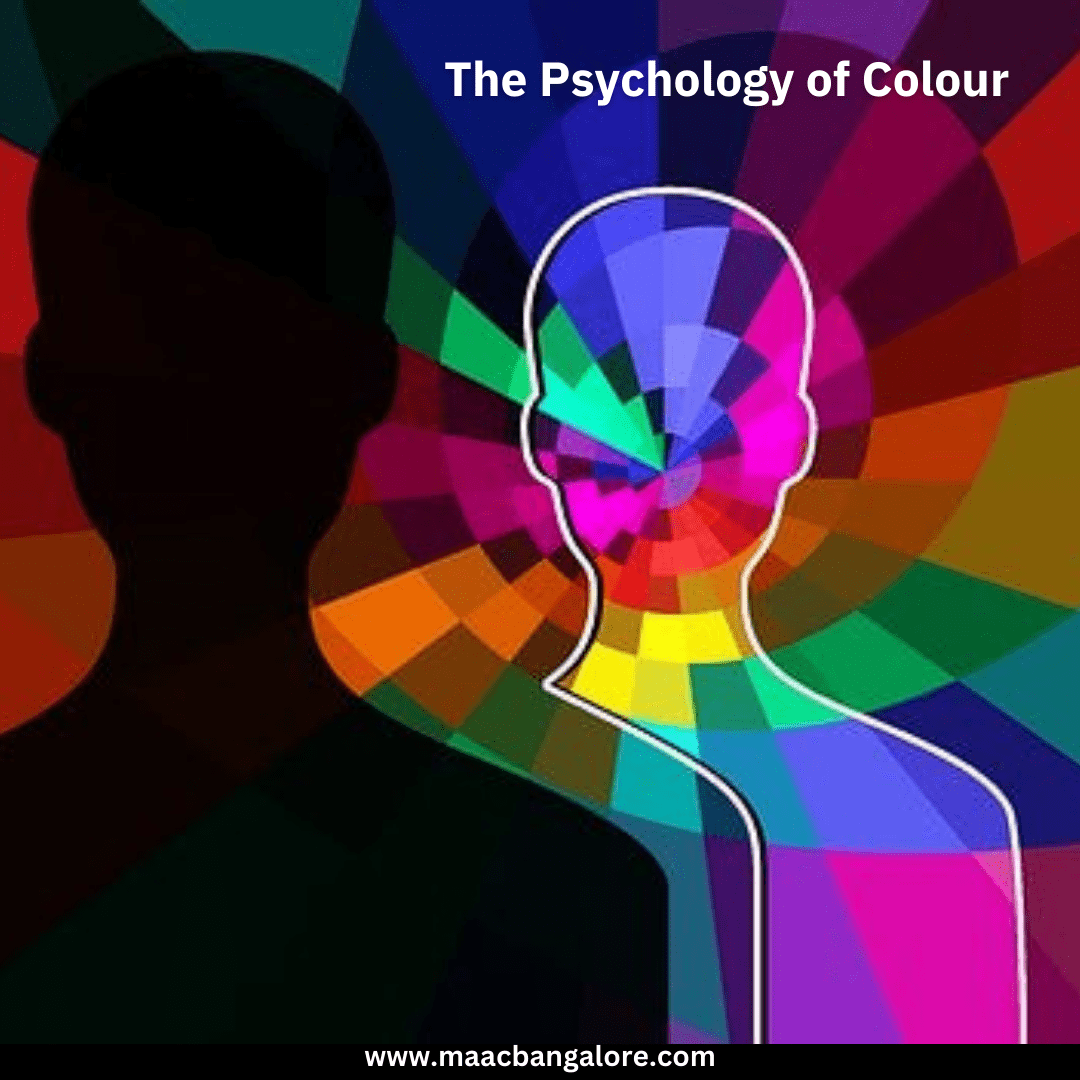How Colour Theory Influences Consumer Behaviour and Design Effectiveness
The Psychology of Colour, In the design and marketing world, color is more than just a visual element; it’s a powerful communication tool that can influence perceptions, emotions, and actions. The study of how colour impacts human behaviour, known as colour psychology, is critical in understanding consumer behaviour and enhancing design effectiveness. This blog delves into the psychology of colour, exploring how colour theory can shape consumer responses and drive successful design strategies.

The Psychology of Colour
The Basics of Colour Theory
The Psychology of Colour, theory is a framework that designers and artists use to understand how colours interact and the effects they produce. It involves the colour wheel, which organizes colours in a circular format, showing the relationships between primary, secondary, and tertiary colours. Complementary colours (opposites on the wheel) create high contrast and can be very striking, while analogous colours (adjacent on the wheel) provide harmony and cohesiveness.
The Psychological Impact of Colours
Different colours can evoke different feelings and associations, which can vary based on cultural contexts and personal experiences. However, some general psychological effects of colours are widely recognized:
Red: Often associated with energy, passion, and urgency. It’s a colour that can increase heart rates and create a sense of excitement or alertness. This makes it a popular choice for call-to-action buttons and clearance sales.
Blue: Seen as calming and trustworthy. It’s frequently used by financial institutions and healthcare companies to convey reliability and stability.
Green: Linked to nature, health, and tranquillity. It’s often used in products related to wellness and environmentally friendly brands.
Yellow: Conveys happiness and optimism. It can attract attention but can also be overwhelming if overused.
Black: Represents sophistication, luxury, and authority. It’s commonly used in high-end products and fashion.
White: Symbolizes purity, simplicity, and cleanliness. It’s often used in minimalist designs and healthcare to convey a sense of openness and clarity.
Colour and Consumer Behaviour
The colours used in marketing and product design can significantly influence consumer behaviour. Here’s how:
Attracting Attention: Bright and contrasting colours can draw attention to key elements of a design, such as promotional messages or new product launches. This can guide consumers’ eyes to what marketers want them to see first.
Conveying Information: Colours can communicate information quickly. For instance, a red sign might indicate a sale or a warning, while green can signal that a product is eco-friendly.
Emotional Connection: Colours can evoke emotions that align with a brand’s message. A soothing blue might make a customer feel more at ease with a banking service, while an energetic red could excite someone about a new sports drink.
Practical Applications in Design
To effectively use colour theory in design, it’s essential to consider the target audience, cultural implications, and the psychological impact of colours. Here are some practical tips:
Brand Consistency: Use a consistent colour palette that reflects your brand’s identity and values. This builds recognition and trust over time.
Audience Understanding: Research your audience to understand their colour preferences and cultural perceptions. Colours can have different meanings in different cultures, so tailor your choices accordingly.
Testing and Feedback: Implement A/B testing with different colour schemes to see which combinations resonate best with your audience and drive desired actions.
Balance and Contrast: Use colour to create visual hierarchy and contrast, guiding users’ attention and making the design more readable and engaging.
The psychology of colour is a fascinating and complex field that plays a crucial role in design and consumer behaviour. By understanding and applying colour theory, designers and marketers can create more effective and emotionally resonant designs. Whether choosing the right colour for a brand logo, a website, or a marketing campaign, the thoughtful application of colour can significantly affect how consumers perceive and interact with a product or service.
In a world where visual communication is increasingly dominant, harnessing the power of colour can provide a competitive edge, making designs aesthetically pleasing and strategically effective.


Recent Comments